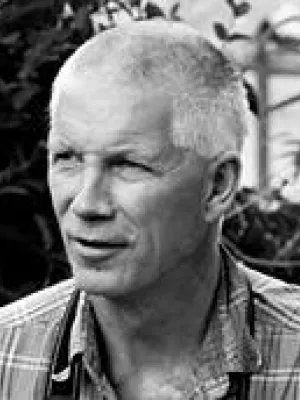
Jonas Ardö
Professor

Critical levels of SO2 - uncertainty and relationships to Regional Forest Decline
Author
Summary, in English
Three methods estimating adverse effects of SO2 on Norway spruce forests were applied and evaluated on a regional level in northern Czech Republic. The methods, assuming adverse effects to occur when predetermined thresholds are exceeded, include the critical level of SO2 concentration (1), the ratio of the SO2 concentration to the vegetation period (SO2/VP) (2) and a model predicting needle loss from environmental data and SO2 (3). Comparing the estimated impact with observed regional forest decline reveals significant relationships for all methods. The influence of data uncertainty, quantified using Monte Carlo simulation, was used to map areas significantly over or below the critical thresholds. The main results show: (1) that there are strong linear relationships between accumulated salvage fellings and the SO2 concentrations, the SO2/VP ratio and a model predicting needle loss in response to elevated SO2 concentrations, (2) there is a clear relationship between damage classes based on defoliation and SO2 concentration. A critical value of 20 [mug m - 3 yr - 1] (mean annual concentration) seems a reasonable choice to distinguish between no effects below this level and possible effects above this level. The same is true for the SO2/VP ratio of 0.07 [nPa Pa - 1 day - 1]. The results indicate no substantial contribution from the increased structural complexity and data demand for methods 2 and 3. High quality SO2 data with known uncertainty and integration with high - resolution land cover data are the main requirements for improved mapping and identification of various receptors at risk.
Department/s
- Dept of Physical Geography and Ecosystem Science
- Biotechnology
Publishing year
2000
Language
English
Pages
131-161
Publication/Series
Geographical & Environmental Modelling
Volume
4
Issue
2
Full text
- Available as PDF - 760 kB
- Download statistics
Document type
Journal article
Publisher
Carfax Publishing
Topic
- Physical Geography
Status
Published
ISBN/ISSN/Other
- ISSN: 1469-8323

